In the process of creating our Top 20 lists our team writes scouting reports for more than just the 20 players who make the cut. For the first time in many years we are releasing theses scouting reports tiered by OFP below.
Here is the Mets Top 20 prospects for reference:
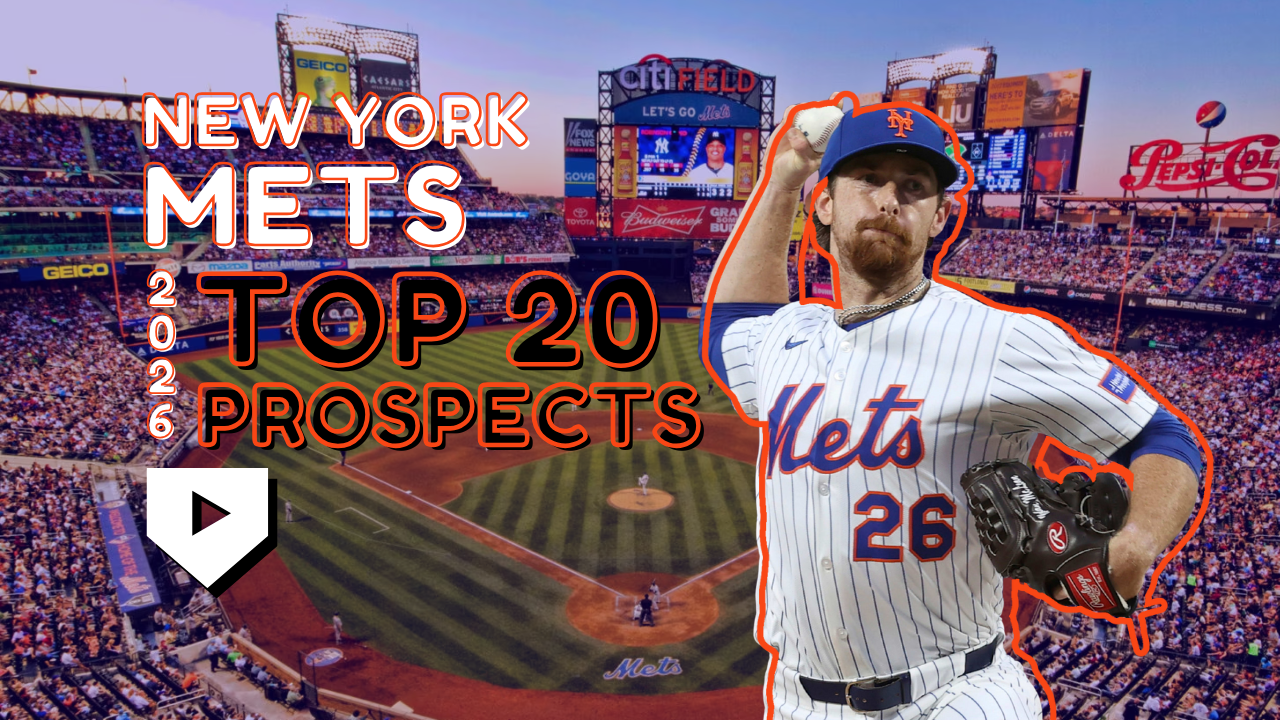
About Our Top 20 Lists
Prospects Live, led by its evaluating team & Director of Scouting Rhys White, is proud to begin rolling out its annual offseason system reports. The team combines industry feedback, our live looks, film, and available data to compile each org. We believe this effort has enabled us to present you, the reader, with our best possible view of the prospects in the organization.
We have constructed this list using the Overall Future Potential (OFP) scale. There is no perfect equation for ranking prospects or assigning value to them, but we believe this method is the best possible approach. Every prospect on this list has been graded based on the tried and true 20-80 scouting scale. An 80 is the highest tool and OFP grade on the scale, reserved for MVP-caliber players or tools. Conversely, a 20 is reserved for non-prospects (NPs). A 50 OFP falls in the middle, indicating our evaluators deem this player a future average major league player. Below the 50 OFP tier are the 45s and 40s, comprising a large majority of players on each list. These are specific-role players, such as platoon hitters, utility players, or low-leverage relievers. Above the 50 OFP tier are the 55s and 60s. A 55 represents a future above-average player, and a 60 OFP designation is reserved for future All-Star caliber players.
In addition to the tool grades and OFP, we will also include a 'Risk' associated with each prospect. We use this to better communicate to you, the reader, whether a grade is more aggressive or conservative in nature. The evaluation team has worked hard to apply both the grades and risk components to better illustrate how each individual prospect stacks up in their respective system and in the baseball ecosystem.
Evaluators: Grant Carver, Matt Seese, Mitch Stachnik, Nate Jones, Rhys White, Trevor Hooth
Honorable Mentions Scouting Reports
Find Scouting Reports and Tool Grades in each toggle section
45 OFP Hitters
Antonio Jimenez, SS - 45 OFP
Scouting Report
HT: 6-1 WT: 200 H/T: R/R
Highest Level: A
ETA: 2028
OFP: 45
Risk: High
Hit: 45
Power: 40
Field: 55
Throw: 55
Run: 45
Scouting Report
I liked Antonio Jimenez when I covered him on the NCAA Daily Sheet, and I felt vindicated when a smart team like the Mets drafted him. There is one big red-flag with Antonio Jimenez, and that is he likes to go up to the plate and swing, he will chase a fair-bit of pitched out fof the zone, has some whiff against breaking balls, but also he does make a ton of contact, some of it being suboptimal. His swing is pretty funky looking. It is a slight-toe tap, and then he rotates the entire body while he is doing this toe-tap. He exhibits plus-bat-speed and some feel for some barrel manipulation. The power-cieling isn’t very high because the swing-decisions make everything play down. In the field, Jimenez has the looks of an above-average defensive shortstop, it is good actions, he has good range. He does speed up throws from time-to-time so the internal clock will need to slow down but there are the ingredients here for a good shortstop. He has a penchant for some flair, and shows an ability to layer throws from a few different armslots. He turns two remarkably well. Jimenez has a high-floor being tht he is an above-average shortstop, and with some work on his swing-tendencies there might be a low-end regular here. - Rhys White
45 OFP Pitchers
Daviel Hurtado, LHP - 45 OFP
Scouting Report
HT: 6-1 WT: 166 H/T: L/L
Highest Level: A
ETA: 2029
OFP: 45
Risk: High
Fastball: 50 - (91-94 T96 mph)
Curveball: 55 - (77-81 mph)
Slider: 50 - (84-88 mph)
Changeup: 40 - (84-87 mph)
Command: 50
Scouting Report
Some pitchers you can dream on; it is called projection, and it comes in many forms. With someone like Daviel Hurtado, it is easy to see where some extra muscle would unlock more velocity, as he is a wiry pitcher whose jersey looks to be two sizes too big. There is a lot to like about Daviel Hurtado; the young southpaw releases the ball from a high three-quarters arm slot. He gets good extension down the mound. The stuff right now is fine, but you can see where more professional strength and conditioning might unlock more. From the arm slot, his fastball, both a sinker and four-seam variation, gets that invisible effect, especially to right-handed batters. He uses the four-seamer to establish the breaking stuff lower in the zone. Against both right-handed and left-handed batters, there is about 9 inches of vertical drop, but from his slot, there is some movement that makes it tough for batters to key in on. He will use the curveball up to attack the top of the zone where batters will struggle to get a hold of it. The curveball is his most used secondary offering, and he mixes in a slider that plays well off the curveball. It is a hard bullet slider with some movement. The changeup is scrapped against left-handed batters but is also seldomly utilized against right-handed batters. He lacks the feel for this offering to ever be anything more than something he throws about five percent of the time. He shows a good feel for throwing strikes and relatively hitting the glove, and that command will only get better, one would hope. The hard thing with projection arms like this is for some, the projection just never comes. - Rhys White
40 OFP Hitters
Jeremy Rodriguez, SS - 40 OFP
Scouting Report
HT: 6-0 WT: 170 H/T: L/R
Highest Level: A
ETA: 2029
OFP: 40
Risk: High
Hit: 45
Power: 30
Field: 55
Throw: 50
Run: 55
Scouting Report
Jeremy Rodriguez has the potential to be a solid utility man at the big league level, providing stability at any of the spots on the infield, outside of first base. Rodriguez showcases above average range at all 3 infield spots he patrols, cutting off grounders deep in the hole to take away hits with his steady glove. Given his ability to play both the left side of the infield as well as the middle infield, Rodriguez has the unique ability of seeing the field from various perspectives, allowing him to always put himself in a spot to make a play and get the team out of a jam, making him a valuable defender and leader on the diamond, wherever he is playing at. Standing at 6' 170lbs and only 19 years of age, Rodriguez has plenty of room to mature physically, as well as hone his skills playing against competition much older than him. Spending his first year outside of rookie ball this year, Rodriguez is almost a full 3 years younger than the average player in Single-A, which gives him the valuable ability to hone his skills against older competition to better prepare him for the big leagues. At the plate, Rodriguez sports a staggered stance with a high leg kick, with a slight uppercut, though he tends to swing overtop of pitches and puts a lot of his contact on the ground. If he can begin to elevate the ball and start a shift towards producing more line drive outcomes, he can better maximize his physical traits, utilizing his speed to turn hits into extra base hits with line drives down the line and into the gaps in left and right center. Rodriguez doesn't possess much power in his swing, but he makes up for the lack of slug with his willingness and capability to run, stealing 34 bags in 47 attempts, making himself a constant threat to run, and always in the back of opposing pitchers minds. Although his defensive versatility while get him rostered, in order to improve as a player and make the shift to an everyday player Rodriguez will need to work at improving the quality of his contact, as well as his plate approach, working counts in order to get on and use his speed to disrupt the timing of the pitcher for his teammates in order to generate runs. - Nate Jones
Marco Vargas, SS - 40 OFP
Scouting Report
HT: 5-11 WT: 170 H/T: L/R
Highest Level: A+
ETA: 2028
OFP: 40
Risk: Moderate
Hit: 55
Power: 30
Field: 45
Throw: 45
Run: 50
Scouting Report
The Mets acquired Marco Vargas as part of the return for David Robertson back in 2023. Vargas has a good track record of for contact, and a better track record of plate discipline. The lefty swinger covers the zone very well with his bat, showing an ability to hit pitches in any quadrant. Beyond that he's adept at going with the pitch, spraying the ball to all fields. The other aspect of the profile that stands out is his ability to draw walks. Vargas has a good feel for the zone and doesn't chase often. There isn't much impact in the bat, nor does there project to be. He's a line drive, gap-to-gap hitter. He's an average runner, which has led to plenty of steals for Vargas in the lower levels. As he progresses, his steal totals may not hold up. Defensively he should be able to play either position up the middle. He profiles as a contact oriented bench piece who can cover multiple positions on the field. - Trevor Hooth
40 OFP Pitchers
Justin Hagenman, RHP - 40 OFP
Scouting Report
HT: 6-3 WT: 205 H/T: R/R
Highest Level: MLB
ETA: 2025
OFP: 40
Risk: Moderate
Fastball: 50 - (92-94 T95 mph)
Cutter: 50 - (85-88 mph)
Slider: 45 - (82-85 mph)
Changeup: 40 - (85-88 mph)
Command: 55
Scouting Report
Hagenman had bounced around before settling in with the Mets as a Minor League free agent in 2025. Overall, he's pretty funky from his sidearm release. He's quick to the plate which only adds to how uncomfortable he can be to face at times. Hagenman's repertoire is split against handedness, and his cutter and slider pair together rather. His slider is primarily used against RHH with solid downward movement. It works almost as the lower rungs of a ladder off the cutter, staying on a similar plane with a touch more drop at a tick lower in velocity. The cutter works two-fold as Hagenman's primary pitch, playing both off of the slider as well as the sinker. Against LHH, the cutter is used a touch less, but it works along the inner third to keep lefty bats from sitting on the outer part of the plate for his sinker/changeup pairing. Because of how he uses it, it keeps hitters off balance, generating whiffs and chase at a higher rate. The slider is primarily used against RHH with solid downward movement, generating a lot chase but tends to bleed over the middle of the plate. It works best shape-wise to be used backdoor to LHH. Hagenman's arm slot helps his sinker/changeup compliment each other well, especially against LHH. The sinker tunnels with his whole arsenal as it runs inside to righties to work off the tunnel with his cutter and up in the zone and away to lefties to work off his changeup. It's Hagenman's best swing and miss pitch, but if he leaves it center-cut, he rarely finds a way to miss barrels. Hagenman's changeup is used in an ideal way, but it does not generate the chase below the zone or the groundballs it needs to in order to effectively work off his sinker. Hagenman's command is good, but it's not quite plus. He gets hit hard when he struggles to keep his pitches from bleeding back over the middle of the plate, and despite his arsenal being sinker/changeup heavy, he doesn't induce enough groundballs to mitigate the hard contact, leading to extra base hits. Hagenman's stuff doesn't play well enough to be a back-end starter and projects to be a bulk guy. - Matt Seese
Hunter Hodges, RHP - 40 OFP
Scouting Report
HT: 6-3 WT: 225 H/T: R/R
Highest Level: A+
ETA: 2027
OFP: 40
Risk: Extreme
Fastball: 40 - (90-93 mph)
Curveball: 60 - (80-82 mph)
Slider: 60 - (84-87 mph)
Command: 30
Scouting Report
Hodges is one of the more unique profiles you can find out there. He was signed as an undrafted free agent back in 2024 and has flashed some impressive tools but has struggled in pro ball overall. The right hander has a big, filled out frame with not much projection or athleticism on the mound. What makes him so unique is his pitch mix, which starts out with a low 90’s fastball that he rarely throws and struggles to locate it when he does. It’s not a particularly interesting pitch, so it makes sense that he tries to avoid it in game. Hodges mainly uses his two breaking balls, the curveball and the slider. The curveball is your more horizontal based pitch and he can really put the hammer down with it. When he gets it in the zone, it’s good for called strikes and a great change of pace pitch along with drawing a plus amount of whiffs. The same can be said about the slider, which is his best strikeout pitch when he has control of it. If you notice a theme about the control, it’s for a reason. The big right hander has always struggled with control and 2025 was no different, if not worse. He struggles with feel for both of his breaking balls and does not get them in the strike zone enough for them to be as effective as they could be. It looks like a definite relief profile and the below average fastball puts a ceiling on what he can do out of a bullpen. Hodges may be able to spin the breaking balls in an impressive manner, but until the control shows strides it’s a hard profile to rely on. - Grant Carver
Douglas Orellana, RHP - 40 OFP
Scouting Report
HT: 6-1 WT: 196 H/T: R/R
Highest Level: AAA
ETA: 2026
OFP: 40
Risk: High
Fastball: 50 - (93-95 T96 mph)
Curveball: 40 - (N/A mph)
Slider: 50 - (84-87 mph)
Command: 45
Scouting Report
Douglas Orellana is one of the more unique reliever prospects in all of baseball. Orellana operates from about as extreme arm angle as you're going to see, throwing at anywhere from 72-77 degree arm angle. His profile hinges on his ability to locate vertically through the zone rather than horizontally, though Statcast has his cutter labeled as such, its movement profile operates as a slider and something that dives downward around 8-10 mph less than his fastball, and he plays it off the heater in the middle and lower end of the zone to keep hitters off balance, generating a lot of whiffs. Because of the nature of his over-the-top angle, every fastball he throws has natural cut, and nothing he throws moves away from left-handed batters or inward to right-handed hitters. It's a very one dimensional plane to follow, but if he can keep his fastball at the top or just above the zone, swings and misses tend to follow. Though the heater doesn't generate the typical 4-seam iVB for the higher arm slot, its natural cut plus induced vertical break in the 14-17 range when it's at its best plays well. The issue is consistency delivering from that arm slot. His fastball command can be very shaky, and once he gets behind in the count, he struggles to fight his way back, and it leads to hard contact. Orellana does not go to his curveball often, and it's almost exclusively to steal strikes early in counts. It hangs through the zone for an exorbitant amount of time, and he really struggles to locate it with any consistency. - Matt Seese
Joander Suarez, P - 40 OFP
Scouting Report
HT: 6-3 WT: 223 H/T: R/R
Highest Level: AAA
ETA: 2026
OFP: 40
Risk: Extreme
Fastball: 50 - (90-95 mph)
Curveball: 45 - (76-79 mph)
Slider: 50 - (82-85 mph)
Changeup: 50 - (85-88 mph)
Command: 50
Scouting Report
At 25 years old, time may be running out for Joander Suarez’s prospect status. Signed out of Venezuela for just $10,000, Suarez has flashed potential over seven minor league seasons. Most notably, he made headlines at the end of the 2023 season in Double-A with a 7-inning no-hitter and a 0.00 ERA over 18 innings across three starts. While he hasn’t quite replicated that success since, 2025 has been a step in the right direction. Suarez is pitching to his lowest ERA since rookie ball in 2019 and has posted a career-best 1.48 BB/9. Though his 8.87 K/9 is on the lower end for him, it remains above average. In 82.2 Double-A innings this season, he recorded a strong 3.05 ERA. However, his recent call-up to Triple-A hasn't gone as hoped. In two starts, he's allowed an 8.31 ERA over just 8.2 innings, with his walk rate increasing and strikeouts dipping. This mirrors a similar pattern from 2024, when he posted a 12.00 ERA in 9 Triple-A innings. While both are small sample sizes, they raise concerns about his ability to adjust to higher levels of competition. Suarez throws from a high three-quarters arm slot with a long arm action. His delivery is clean and repeatable, helping explain his good control. He features a four-pitch mix built around a mid-90s fastball, which gives him the tools of a starting pitcher, but inconsistency against advanced hitters remains a hurdle. Right now, Suarez profiles more as a long reliever at the major league level. Given the Mets’ depth in starting pitching prospects, cracking the rotation will be difficult. Still, there is a chance his stuff could play up in shorter stints out of the bullpen if he can make the necessary adjustments. - Mitch Stachnik



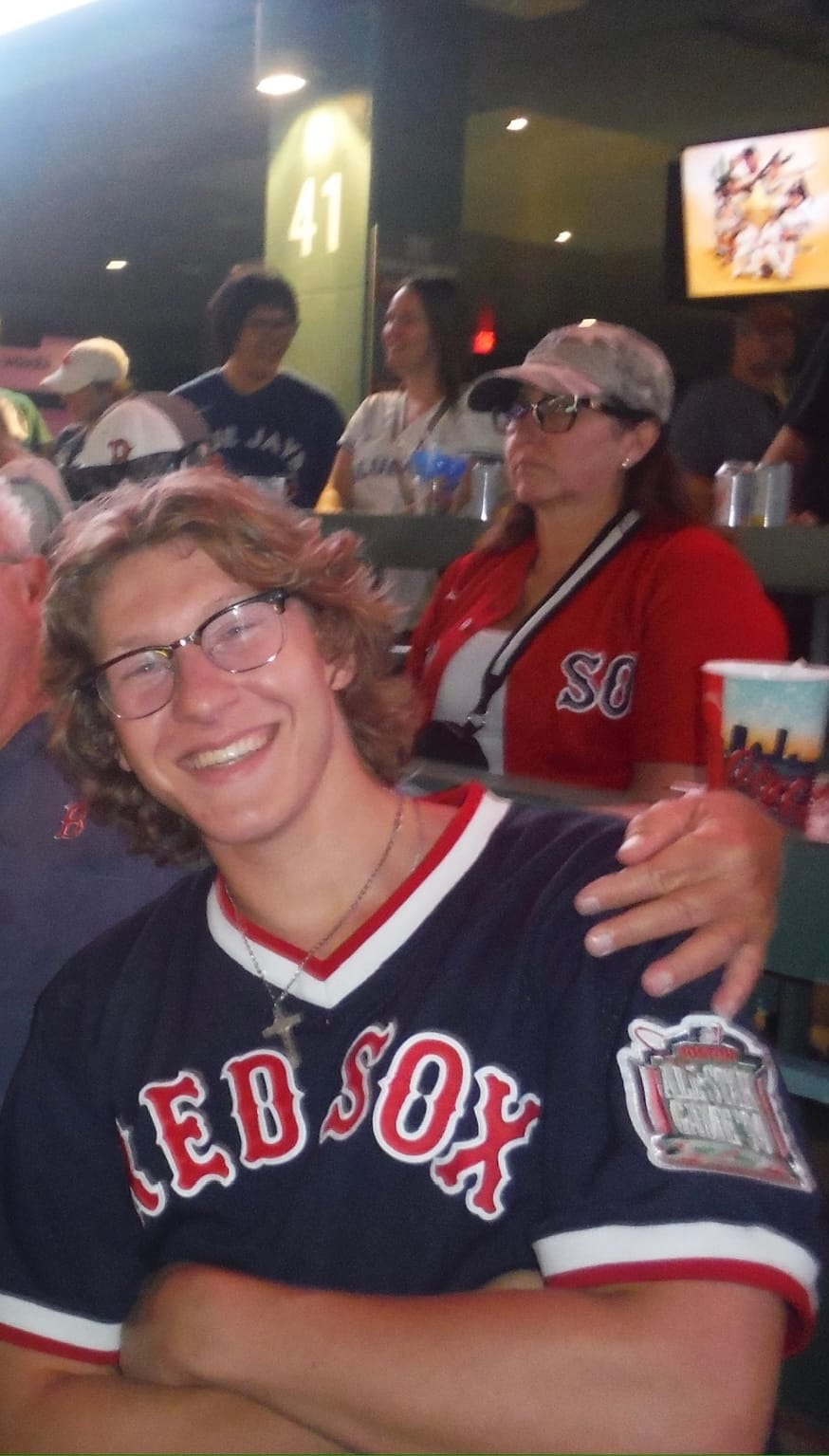

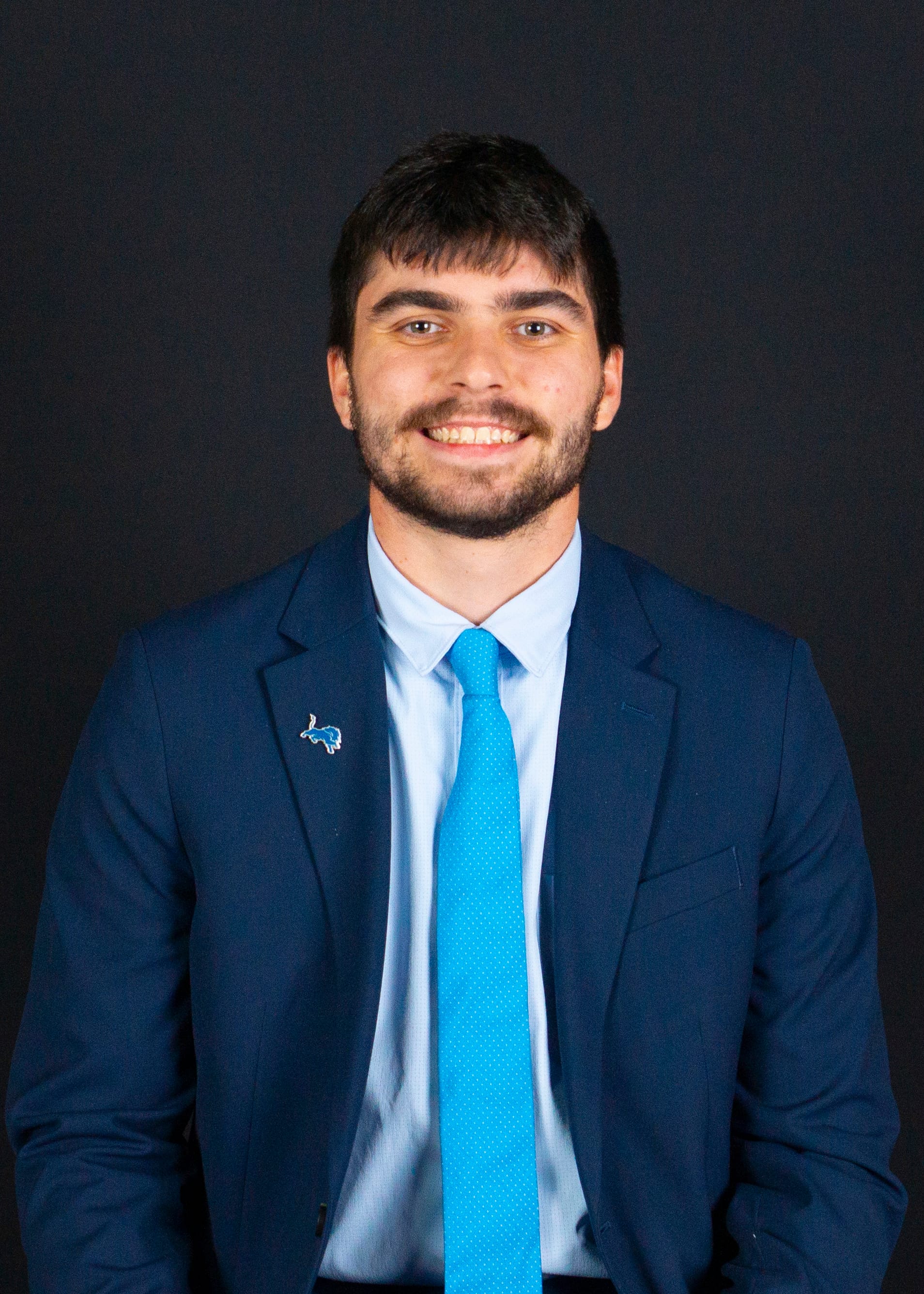

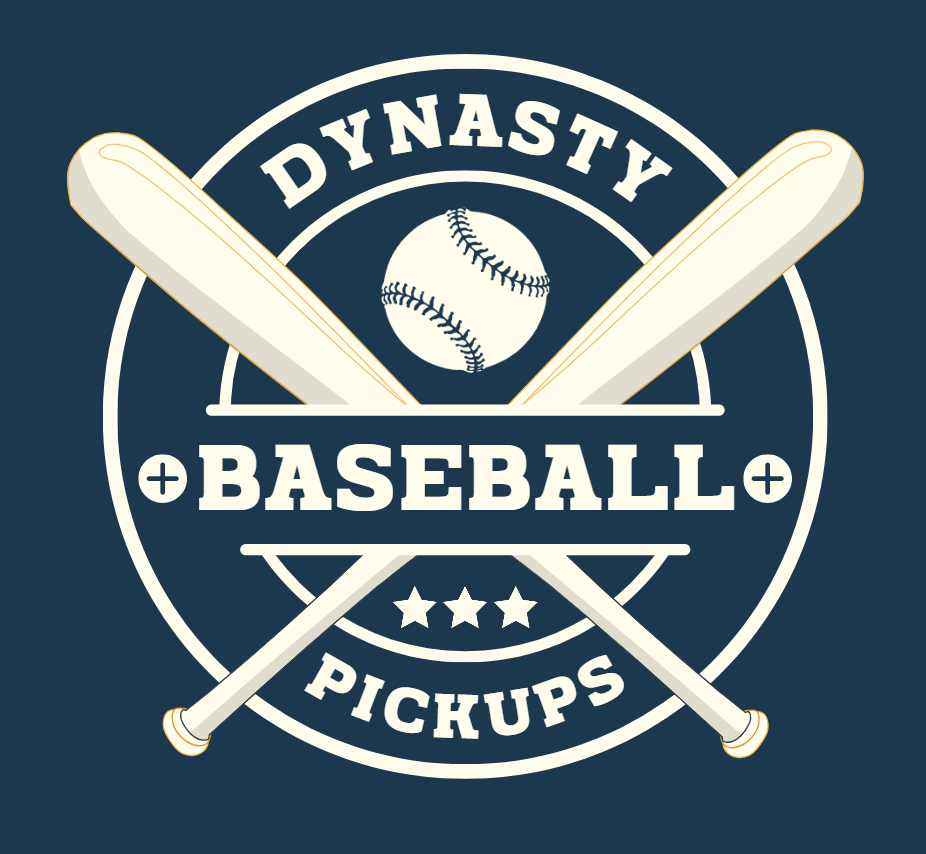


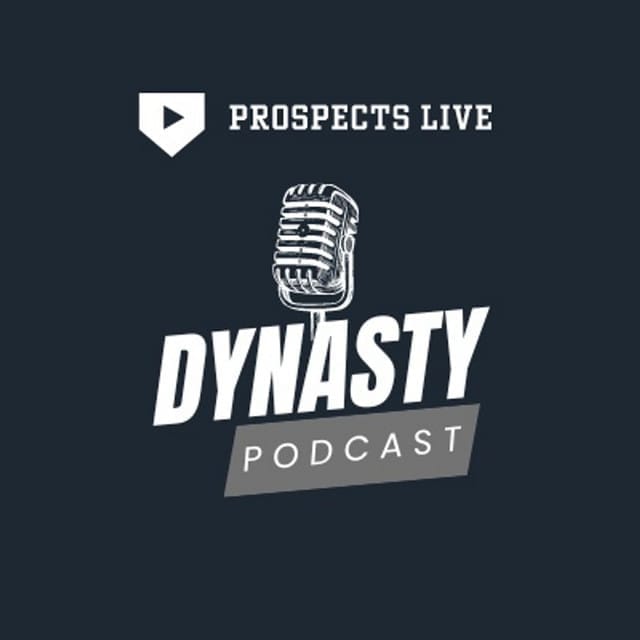

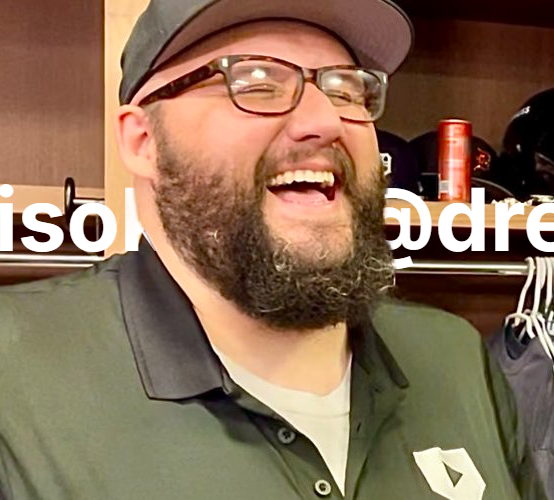
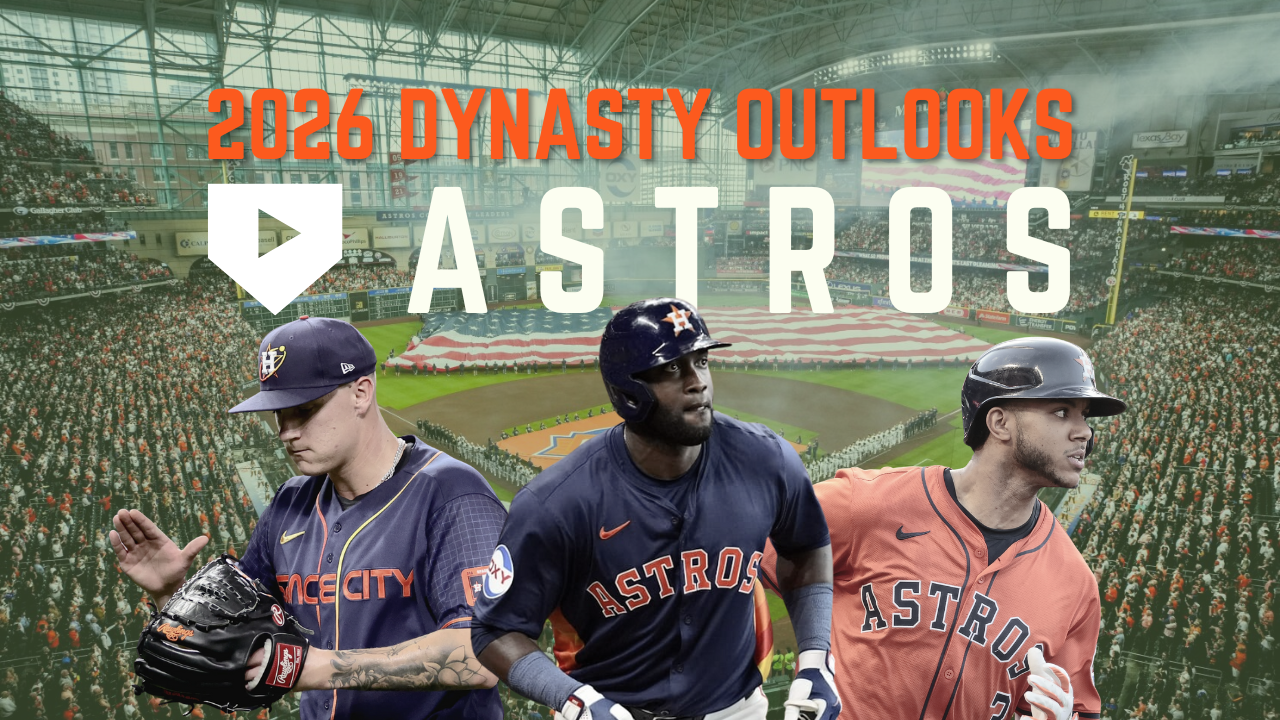
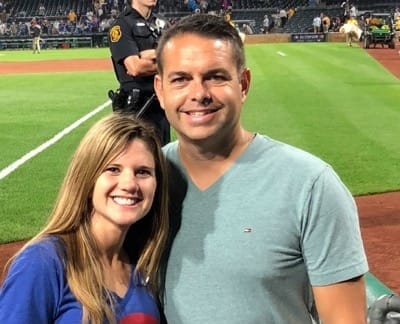
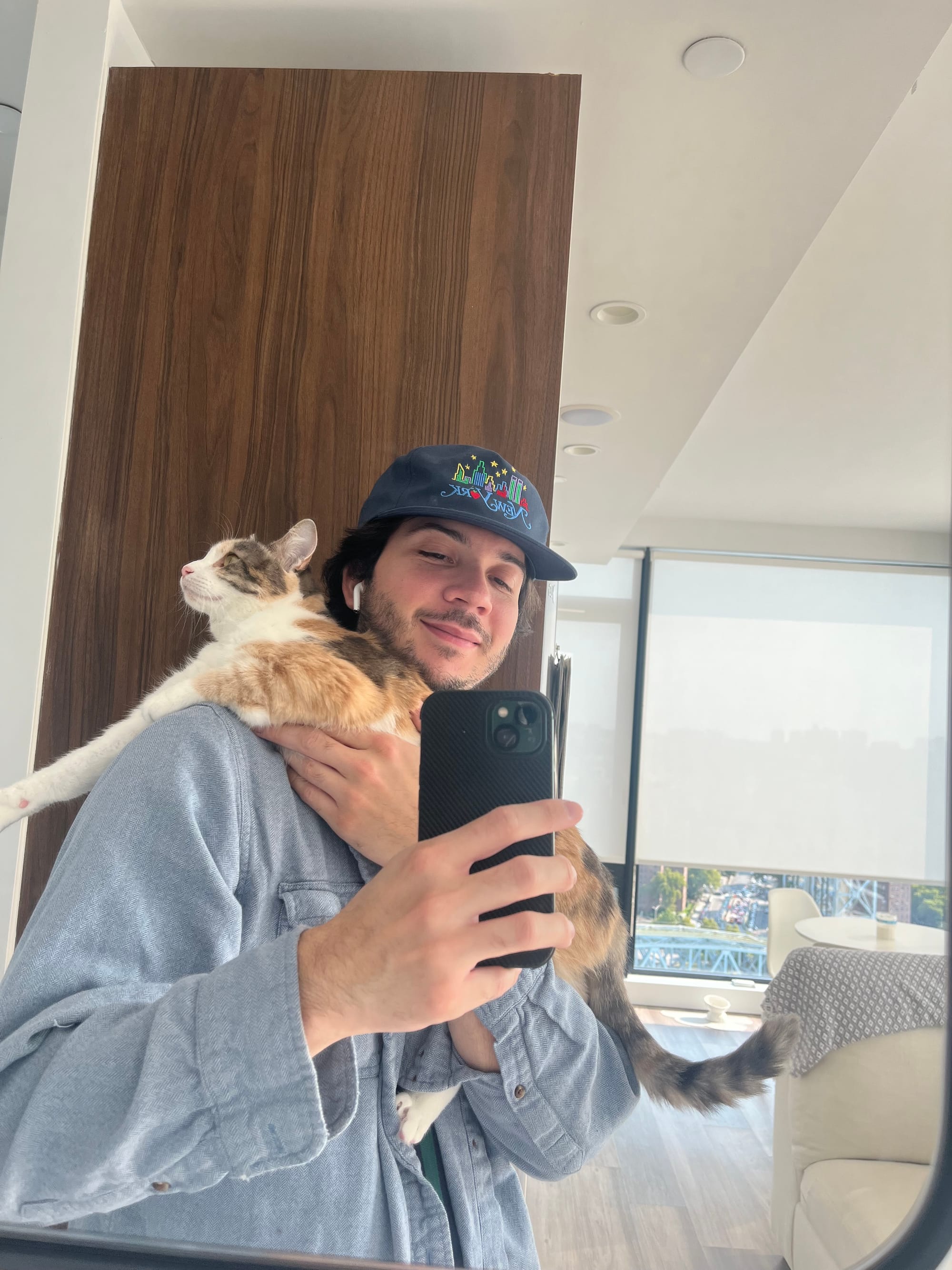
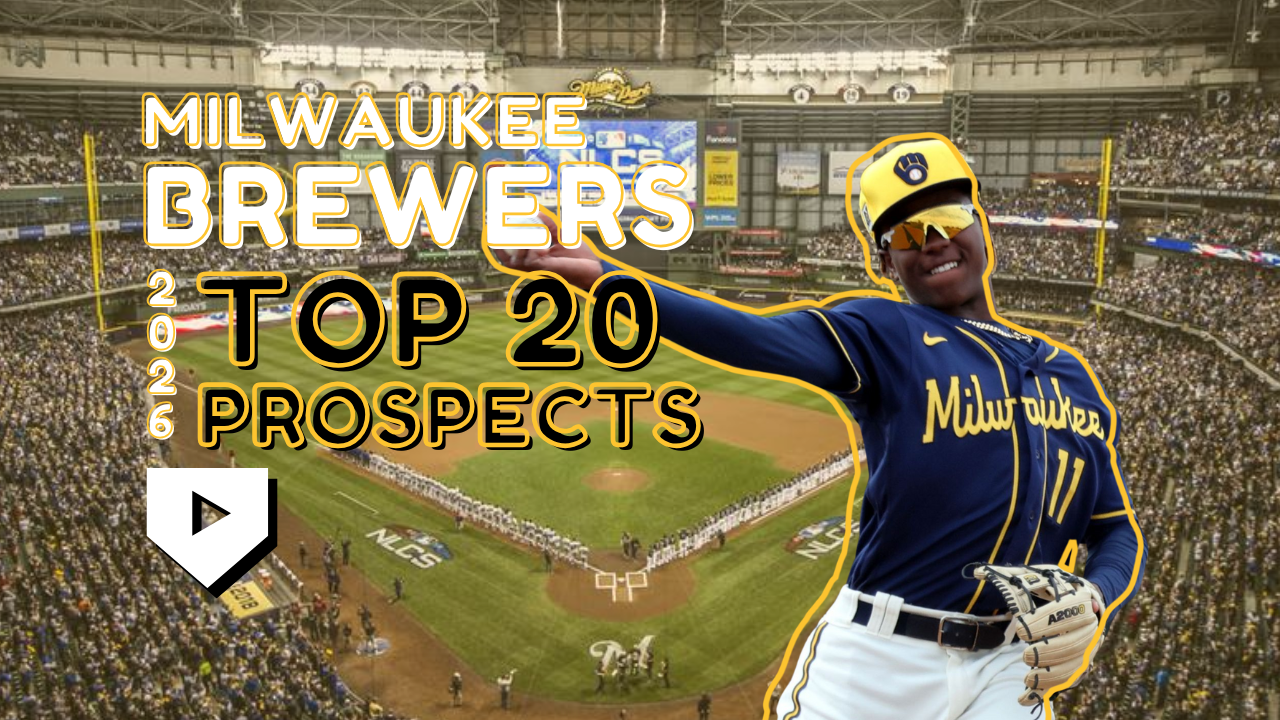
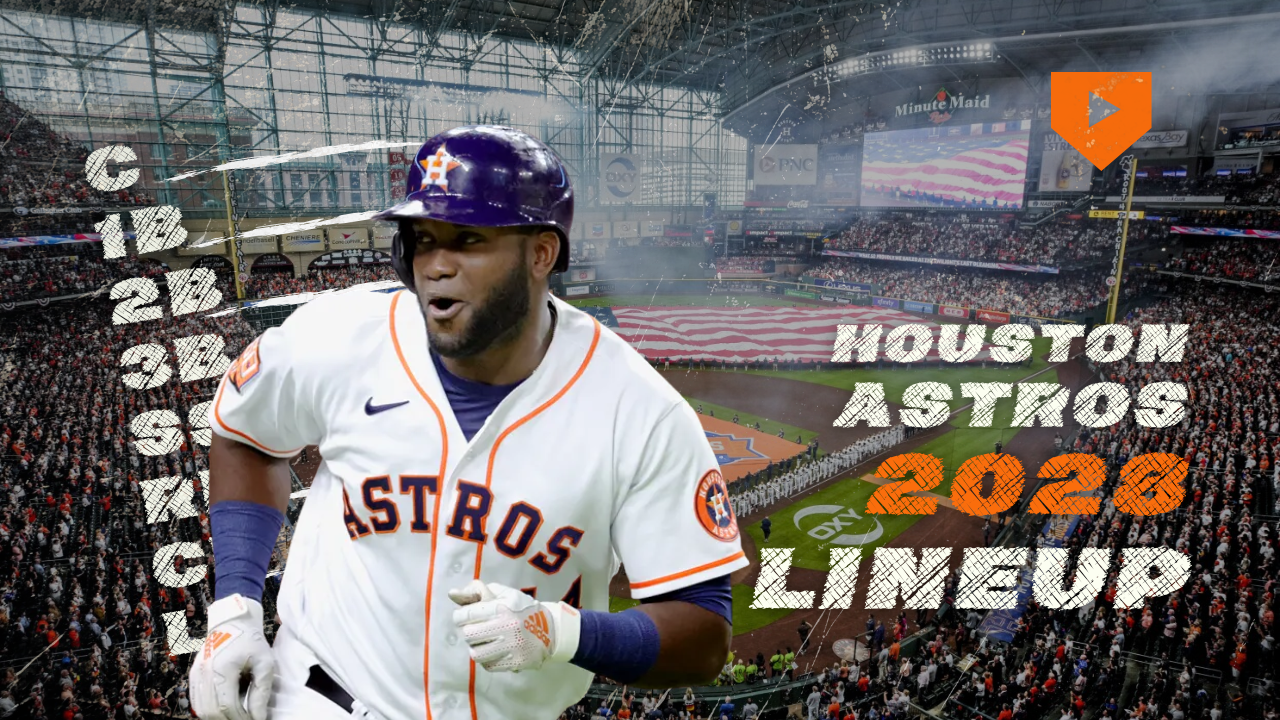
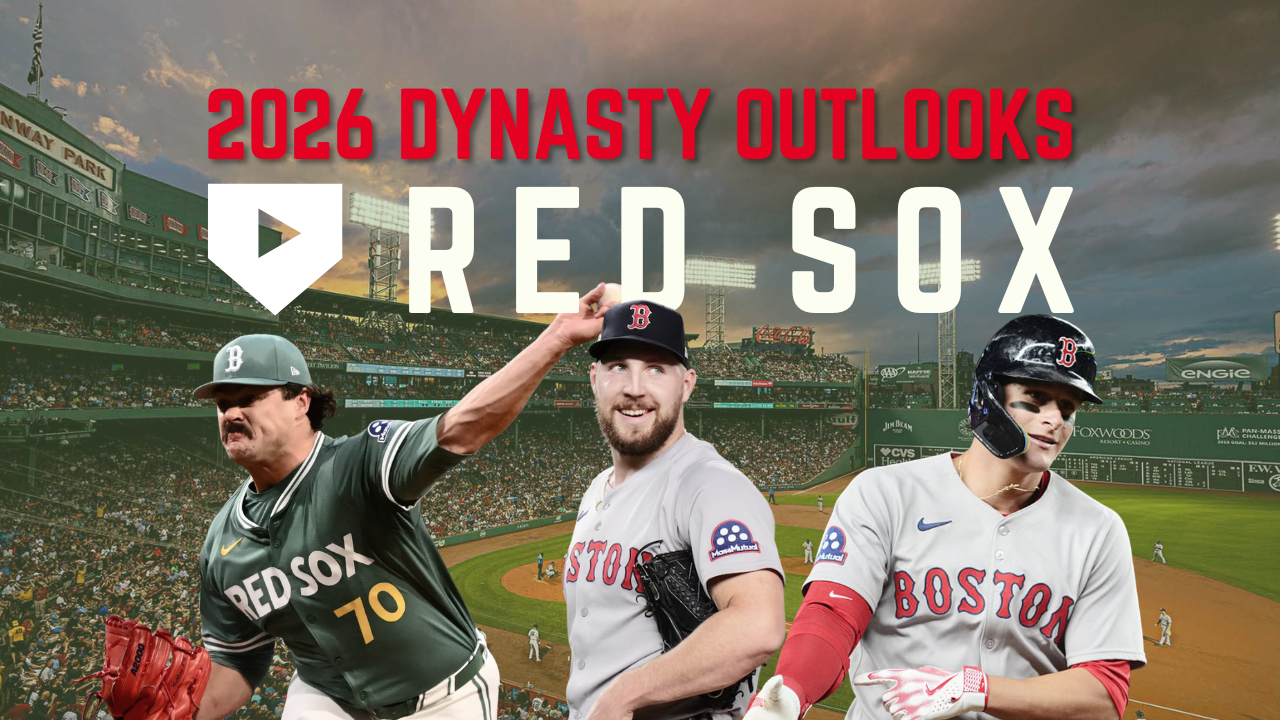
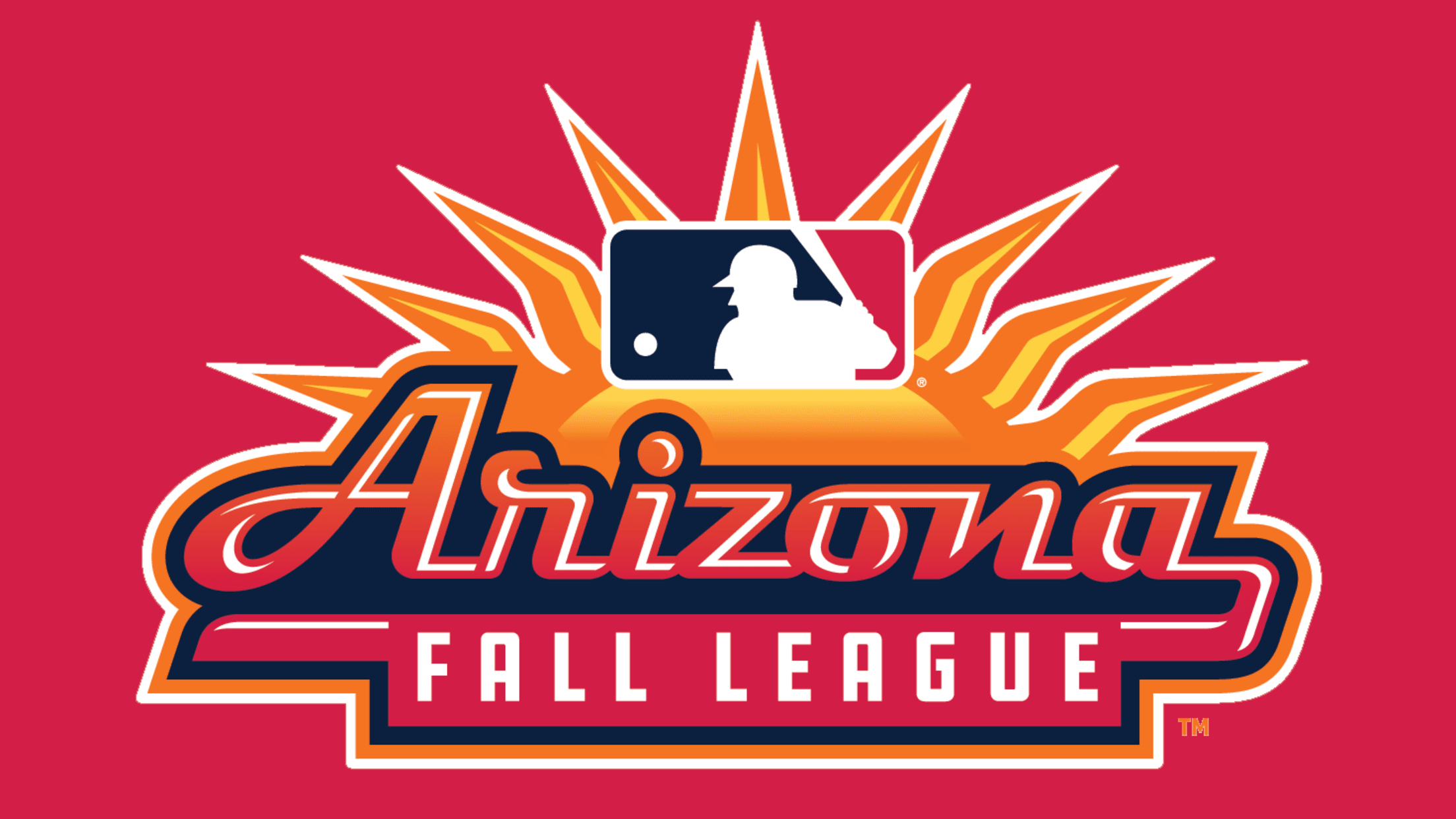
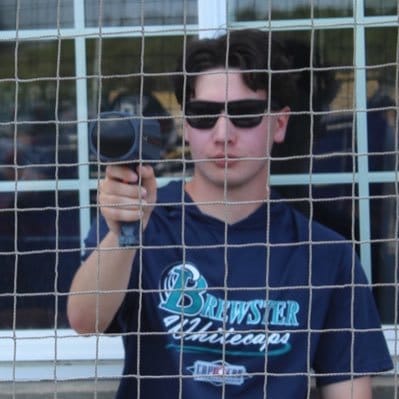
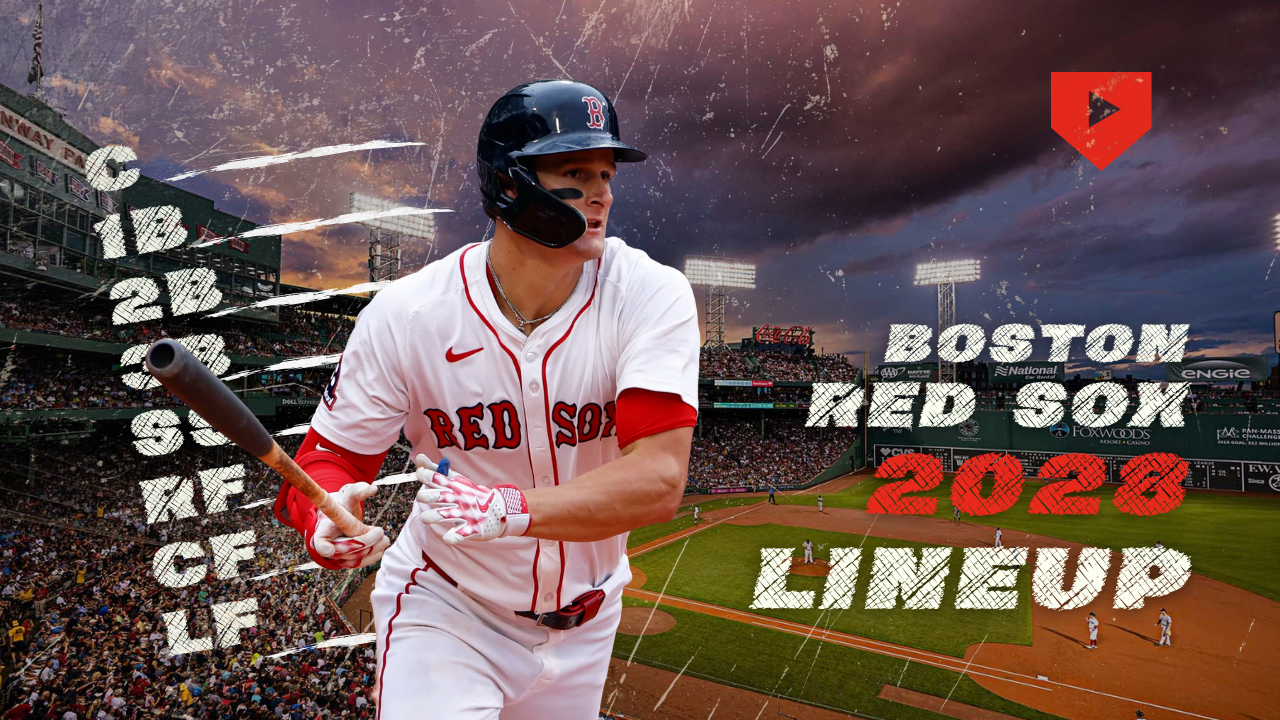
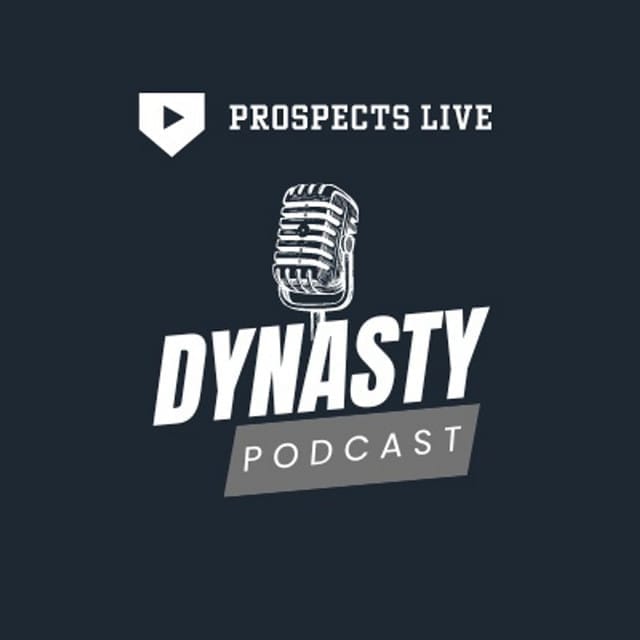
Discussion